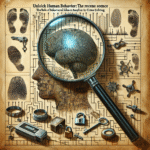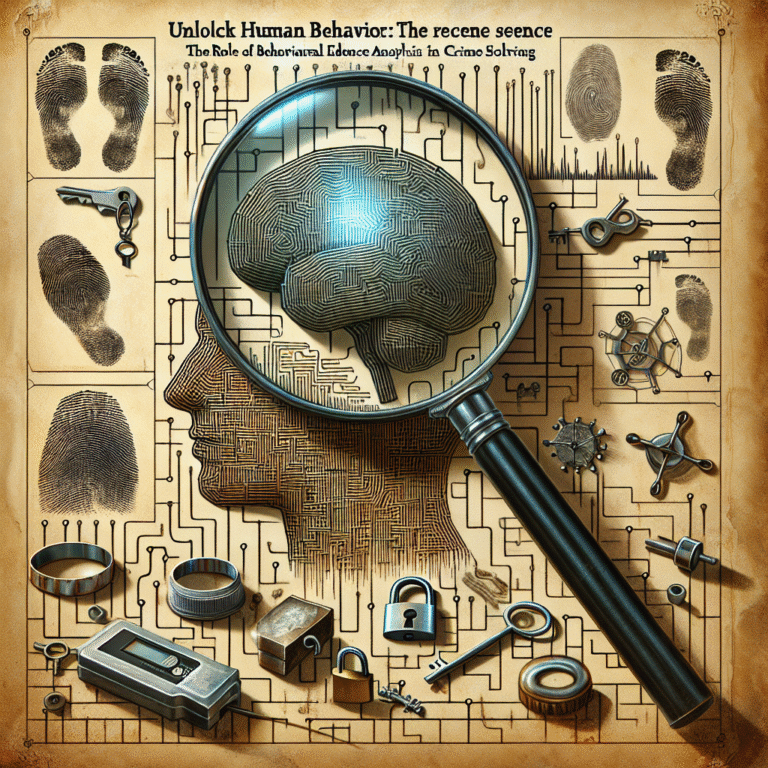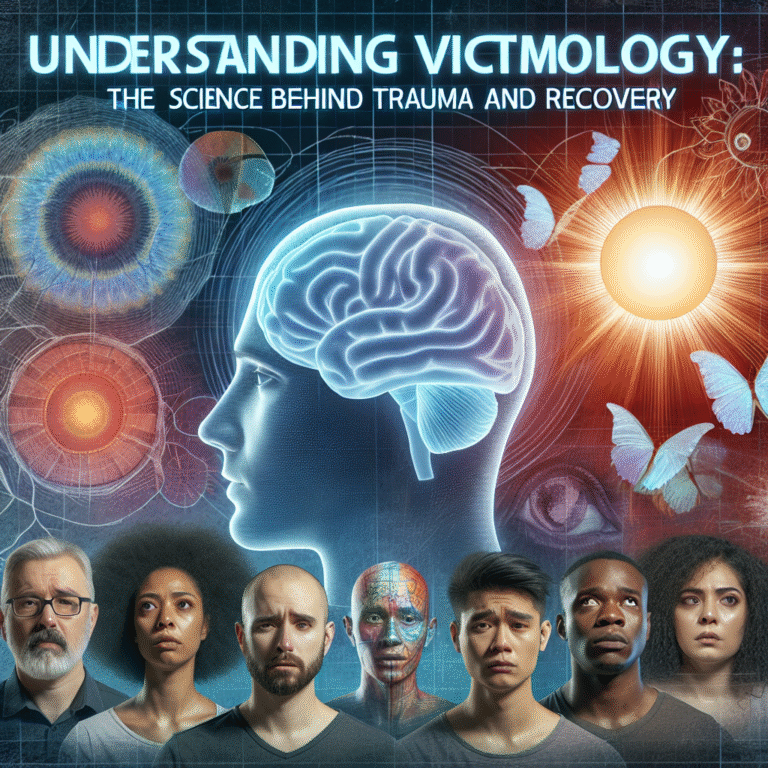
Title: The Essential Guide to Youth Crime and Mental Health: Exploring the Connections
Introduction
In our rapidly evolving society, a troubling issue continues to persist: youth crime. Predominantly in the spotlight due to its deep impact on communities, crime committed by young people often raises critical questions about their mental health. Youth Crime and Mental Health: Exploring the Connections is not just an academic pursuit; it’s crucial for educators, policymakers, and society as a whole. What drives young individuals to commit offenses? Can mental health issues act as a catalyst, or is there a more complicated interplay at work? This article dives deep into these connections, providing insights drawn from research, case studies, and expert opinions.
Understanding Youth Crime
The Landscape of Youth Crime
Youth crime encompasses a broad spectrum of illegal activities committed by individuals between the ages of 10 and 24. From petty theft to serious violent offenses, these actions can have significant implications for the youths involved, their families, and their communities.
| Type of Youth Crime | Description | Common Causes |
|---|---|---|
| Status Offenses | Acts considered illegal due to age (e.g., truancy) | Lack of supervision, family issues |
| Property Crimes | Theft, vandalism | Financial struggles, peer influence |
| Violent Crimes | Assault, robbery | Exposure to violence, substance abuse |
Understanding these classifications helps us digest the multifaceted causes behind youth offenses, many of which are tangled with psychological factors.
Key Statistics
According to the Office of Juvenile Justice and Delinquency Prevention, nearly 1.3 million juveniles were arrested in the U.S. in a recent year. Statistically, youth crime tends to peak during certain developmental periods, particularly during the transition from adolescence to early adulthood. These statistics illustrate a pressing need for intervention, especially concerning mental health resources.
The Mental Health Dimension
Overview of Youth Mental Health Issues
The mental health landscape for youth is both alarming and complex. Conditions such as anxiety, depression, and attention deficit hyperactivity disorder (ADHD) are increasingly prevalent among young people. The onset of these issues can significantly impair an individual’s ability to function effectively in society, increasing vulnerability to delinquent behaviors.
Mental Health Conditions Common in Youth
- ADHD: Often linked to impulsivity, leading to risky behaviors.
- Depression: May result in withdrawal from social norms and increase susceptibility to criminal behavior.
- Anxiety Disorders: Can manifest as aggressive behavior when not properly managed.
Youth Crime and Mental Health: Exploring the Connections
The Bidirectional Relationship
The relationship between youth crime and mental health is often seen as cyclical. Mental health issues can lead to criminal behavior, while involvement in crime can exacerbate pre-existing mental health problems. This cycle can create a formidable barrier to rehabilitation.
Case Study: The Impact of ADHD on Youth Crime
A study focusing on a group of adolescents diagnosed with ADHD revealed that these individuals were more likely to engage in delinquent behavior compared to their non-ADHD peers. The impulsivity characteristic of ADHD often contributes to actions taken without forethought, including criminal activity.
- Analysis: This indicates a pressing need for targeted interventions that address the mental health issues directly.
Social Influences and Conditioning
Family Dynamics
Family plays a significant role in shaping a young person’s mental health and behavior. Youths from unstable or abusive backgrounds often experience higher risks of developing mental health problems and engaging in criminal activities.
Peer Pressure
Adolescents are notably susceptible to peer influence. The desire for acceptance can sway a youth towards delinquent activities, especially if they already struggle with underlying mental health issues.
| Social Influences | Description | Impact on Mental Health |
|---|---|---|
| Family Dysfunction | Instability, neglect, or abuse | Increased risks for anxiety, depression |
| Peer Networks | Groups encouraging risk-taking | Heightened chance of criminal behavior |
The Role of Community Programs
Effective Interventions
Community-based programs have shown promise in mitigating youth crime’s impact on mental health. Initiatives that integrate mental health services with youth engagement activities have yielded considerable positive outcomes. Programs like mentorship, afterschool sports, and art therapy create structured environments conducive to healthy mental development.
Policy Implications
Advocating for Holistic Approaches
Policymakers must recognize the intertwined nature of youth crime and mental health. Implementing policies that advocate for mental health screenings in schools, creating partnerships between mental health services and juvenile justice systems, can address the root causes of delinquency.
Conclusion
Youth Crime and Mental Health: Exploring the Connections emphasizes a critical understanding that demands collective action from individuals, communities, and policymakers. Addressing the mental health challenges many youths face can serve as a pathway to reducing crime rates and fostering healthier communities.
FAQs
What are the most common mental health issues affecting youth involved in crime?
- Common issues include ADHD, depression, and anxiety, all of which can lead to increased risks of engagement in criminal activities.
Is all youth crime linked to mental health problems?
- No, not all youth crime is directly linked to mental health issues; however, many underlying factors, including those related to mental health, can contribute.
What role does the family play in youth crime and mental health?
- A stable and supportive family can protect against crime and poor mental health, while dysfunction can heighten risks.
How can community programs help?
- Programs that address mental health in a supportive environment can reduce crime rates by providing youths with the resources they need to thrive.
- What steps can policymakers take?
- Policymakers can implement mental health services within schools and create programs that integrate mental health care with juvenile prevention strategies.
Through a comprehensive approach that focuses on mental well-being, we can pave the way for a healthier future for our youth, ultimately reducing crime and fostering a more inclusive society.















